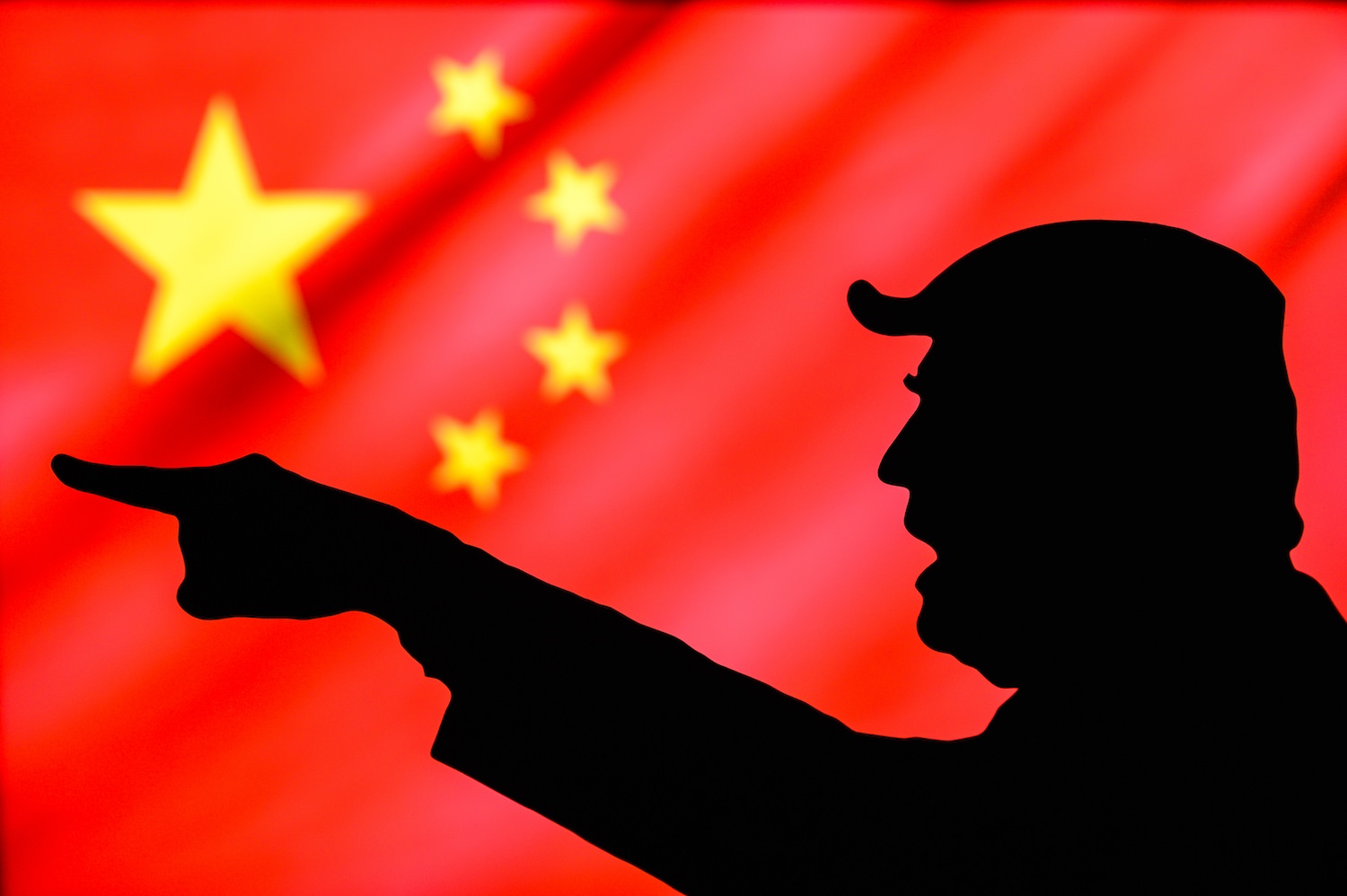Sharply rising prices in 2022 and 2023 made “Bidenflation” a Republican talking point. Inflation, Republicans claimed, was due to a 2021 Democratic spending bill that gave substantial money to people while the US economy suffered the effects of Covid. As this money was spent, prices rose.
Reality repudiates this Republican fiction. Presidents have limited control over prices charged by firms. The main responsibility for controlling inflation has fallen to central banks. If anyone is to blame for our recent inflation, it should be Jay Powell, Trump’s appointee to lead the Federal Reserve.
A simple test also shows that the Democratic spending bill did not cause high inflation. In 2021 few nations provided people with considerable additional money. If Republicans are right, inflation should have been much higher in the US than other developed nations.
US inflation was 8% in 2022. In Canada, Denmark, Germany, New Zealand, and the UK, inflation ranged from 6.8% to 7.9%. On the other hand, Belgium Italy, the Netherlands, Spain and Sweden had inflation rates of between 8% and 10%. In these nations, and in others, inflation rose from around 2% to around 8% (plus or minus a little). By early 2024, inflation rates had fallen from 8% to around 3% in these countries — within striking distance of the 2% target set by most central banks.
Clearly inflation was a global phenomenon. It was not due to misguided US policy. Supply-chain problems in 2022, which largely ended by late 2023, were mainly to blame. The Democratic spending bill didn’t cause inflation; but it did keep US unemployment low compared to other developed nations (see “A Tale of Two Policies” in the March-April 2024 Washington Spectator). Rather than Bidenflation, we have in fact had Bidengrowth.
Nonetheless, we could have done better battling inflation. Our failure to do so however was not Joe Biden’s fault. Despite its limited power, the Biden administration’s targeted policies helped restrain inflation.
President Biden released oil from the US strategic petroleum reserve and got other nations to follow suit, leading to lower gas prices. He called out the National Guard to help unload ships on the west coast when Covid reduced the supply of dockworkers able to unload boats. He lowered prescription drug prices by allowing imports from Canada and negotiated with big pharma to limit prices on drugs sold in the US (including insulin).
Even more telling, President Trump had signed a bill in 2017 allowing hearing aids to be sold over-the-counter rather than through a doctor (which cost around $5,000). Most experts agreed a doctor visit was unnecessary. The Trump administration though then failed to issue rules to make this cheaper option available to millions of Americans. It was left to the Biden administration to make this happen.
Spending on these goods and services, however, constitutes a small part of what people buy and cut inflation by only a few tenths of a percentage point. The big picture concerning inflation is that since the 1990s, foreign goods and immigration kept US inflation low. The Trump administration sought to restrict both, thus opening the door to higher inflation in the US.
Fewer foreign goods deprives consumers of low-priced goods, reduces competition, and increases inflation. So does a reduced labor supply resulting from immigration restrictions. Inflation remained low during the Trump administration because the economy was not really booming, there were no massive supply-chain problems pushing up prices, and the Trump administration was relatively ineffective in keeping out foreign goods and immigrants. When economies began to reopen following the Covid pandemic, a labor shortage exacerbated by Covid pushed up wages as firms sought to hoard workers. In conjunction with supply-chain problems, these factors led to increased prices.
In fact, Trump’s policies were pushing up prices even before Covid. Trump imposed tariffs on Chinese goods, but also on goods from Canada, Mexico, India and the European Union. In contrast to nearly every economist, he believes that foreign firms pay this tax, just as he believes that Mexico paid for his “glorious wall.” In fact, the wall was not built because Mexico, understandably, wouldn’t pay for it, and Congress wouldn’t allocate the funds. Tariffs get added to the price of goods coming into the US just as sales taxes get added to the price of purchased goods. Consumers pay the tax and face higher inflation.
Consumers, of course, buy many things besides foreign-made goods. That’s why a 10% tariff doesn’t lead to 10% inflation, but something closer to 1 percentage point of additional inflation. The largest household expense by far is housing. Housing costs have risen more than just about anything else over the past half decade. Several Trump policies contributed to housing inflation.
When the housing bubble burst in 2008, housing construction tumbled in the US. That business sector shut down and construction workers found other employment or retired. The housing industry never really recovered. Nearly a decade later, when the supply of excess homes disappeared, there were not enough construction workers to build the new homes that people wanted. Trump’s immigration policies, which sought to keep foreign workers out of the US labor market, increased labor costs for constructing new homes and raised home prices as a result. Covid then made things much worse, as people sought larger homes and additional homes in more rural areas.
Climate change also contributes to housing inflation. Hot and humid weather makes it harder to labor outdoors. Lower worker productivity, in turn, increases labor costs and prices.
In addition, climate change directly increases prices (see “Will Inflation Crush the Biden Presidency” in the March-April 2022 Washington Spectator). The cost of home (and car) insurance rises with weather-related disasters, including torrential rain and wildfires. Warmer water hurts the fishing industry, increasing the price of fish; higher land temperatures reduce crop yields and increase food prices. Climate change also makes home building more expensive. Housing construction requires a substantial amount of lumber. With milder winters, trees don’t grow as strong, and the lumber needed to build homes becomes more expensive. Higher prices for new homes then push up the cost of used homes.
Remarkably, Trump refuses to believe that climate change is real. He complains about wind turbines killing birds and toilets that don’t flush. His main anti-inflation policy is “drill, baby, drill”. The fossil fuel consumption he promotes generates climate change and increases inflation. Housing has been a major casualty of this folly, with home prices now far greater than what middle-class Americans can afford.
Finally, the major Trump policy achievement, the 2017 Tax Cuts and Jobs Act, also increased housing costs. Besides giving large tax breaks to large corporations and the rich, the bill increased the standard deduction, leading to a sharp drop in US households itemizing their deductions. Many households can no longer deduct mortgage interest on their tax returns. Further, the $10,000 limit on the SALT (state and local tax) deduction means that many middle-class homeowners cannot deduct all their property taxes. These changes increased the cost of owning a home and also sent more people into the rental market, thereby increasing rents.
Things look much worse for inflation if there is a second Trump Presidency, as 16 Nobel laureate economists recently warned. Trump wants to devalue the dollar, which would make all imported goods more expensive. He vows to increase tariffs further, and even suggested he might replace the income tax with higher tariffs, something that would require tariffs exceeding 100% just to keep government revenues from falling. More worrisome, Trump promised to rescind Biden’s policy to prohibit junk fees and to repeal the Affordable Care Act, which saves low- and middle-income households thousands of dollars a year on health insurance. And he plans to expand his 2017 tax cuts, even though this would push up the national debt and create the same demand-side inflationary forces Republicans blame on President Biden.
Tax cuts for corporations and the rich, as well as restrictions on immigration and imports, lead to higher US inflation. This is not Bidenflation. It is Trumpflation.
Steven Pressman is a part-time professor of economics at the New School for Social Research, professor emeritus of economics and finance at Monmouth University, and author of Fifty Major Economists (Routledge, 2013)







0 Comments